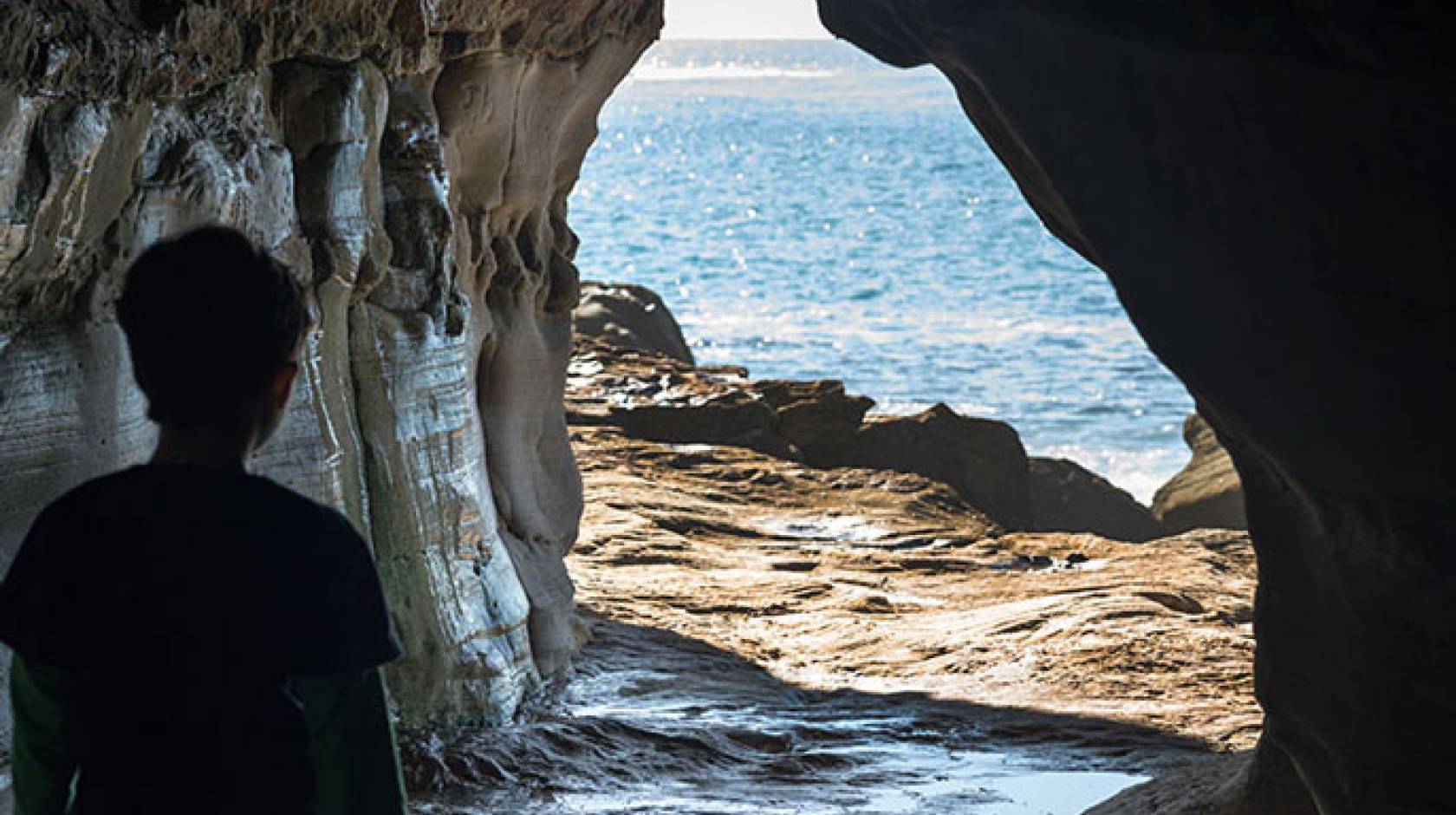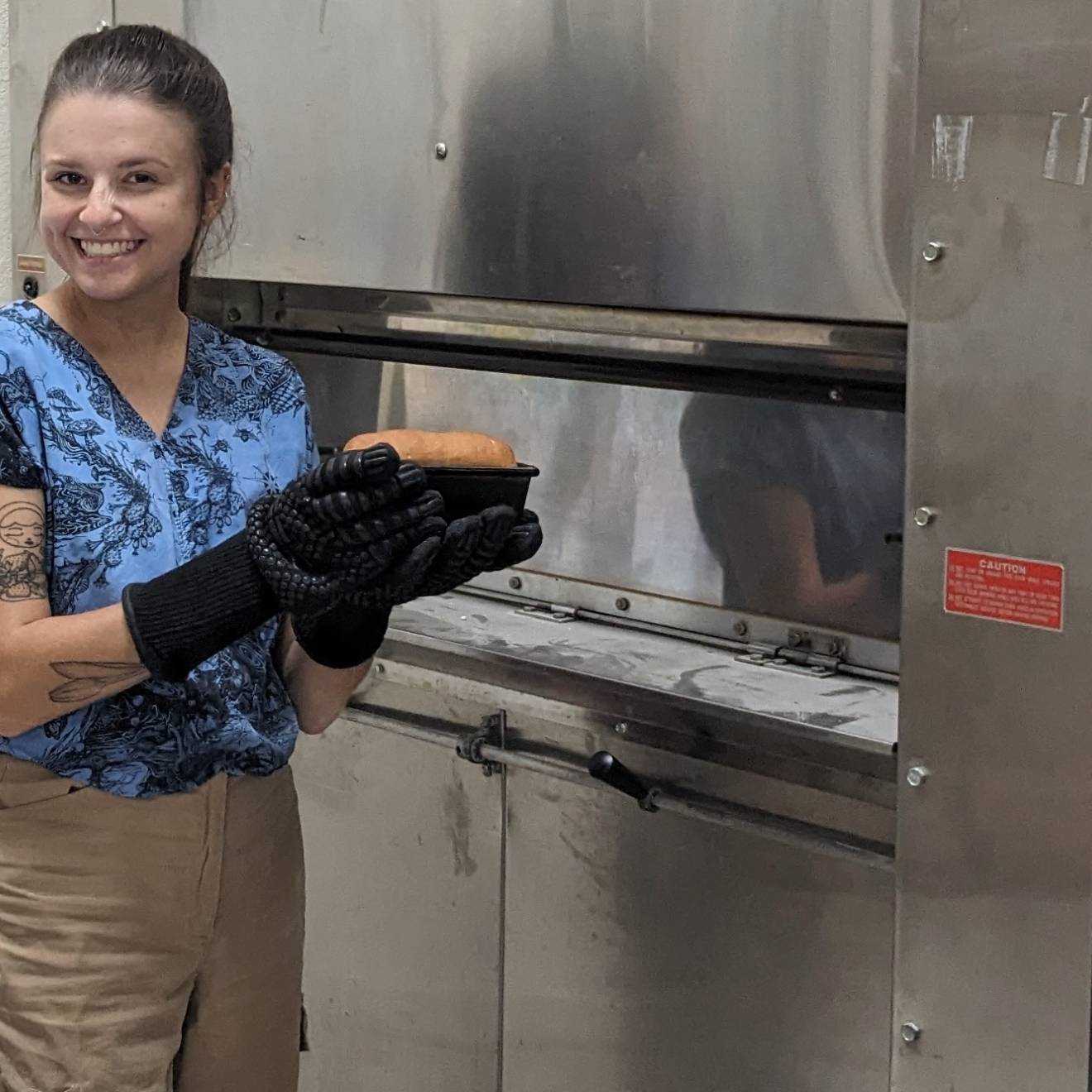Yasmin Anwar, UC Berkeley

For U.S. workers and students who have toiled remotely in isolation or in pods for the past year and a half, reentering offices, classrooms and other old stomping grounds, starting this fall, is likely to range from exhilarating to downright nerve-wracking.
To mask or not to mask? To mingle or to maintain a safe distance? To disclose one’s vaccination status and — perhaps awkwardly — ask others about theirs? All these questions are fair game, especially with the contagious COVID-19 delta variant at large.
Emerging from what many psychologists call “cave syndrome” will be no simple feat when so many remote employees are hesitant to relinquish the safety and comfort of home workspaces.
“This wasn’t just a weekend staying at home. This was almost two years of our lives, and we have now adjusted to this, and it’s become our baseline,” said UC Berkeley psychology professor Robert Levenson. “So, now we have to emerge from our bubbles and explore. We have to rediscover how to work among others again, how to play, how to meet people, how to start new relationships and end others.”
Having lived through other global crises, Levenson, a 35-year veteran of UC Berkeley’s psychology department, predicts in-person reentry to the workplace and other public spheres will be a unique challenge for many, including himself.
“Rarely has there been a time in my life where being outside felt so dangerous,” he said. “With the exception of the super adventurous among us, humans are pretty risk avoidant and prefer to stay in our bubbles, and I’m no different.”
Even resuming fun recreational and cultural activities may feel like a letdown after months of anticipation, said UC Berkeley psychology professor Iris Mauss.
“I’ve heard from several people who had really high expectations when going to, say, their first symphony concert, post pandemic, and feeling disappointed because things aren’t exactly back to ‘normal,’” Mauss said.
Curb high expectations
“Having really high expectations for just how happy an activity or an event will be can disrupt the actual experience of pleasure and joy,” she added. “So, we need to temper expectations and be prepared for some mixed emotions.”
The default assumption among scholars of cognitive and behavioral science is that humans are social creatures who prefer to mingle rather than to play solitaire. But a widespread reluctance to return to workplaces and classrooms is exposing cracks in this hypothesis, Levenson said.
“After distancing from each other for nearly two years, you’d think we’d be flocking to opportunities to be with other people, but it turns out to be more complicated than that,” he said.
“Sure, people have flocked to sporting events and concerts, but work is one of those areas where people have discovered the pleasures of staying home and controlling their environment,” he added.
For example, the tech industry’s open plan office culture appears to be losing its appeal among some, with many companies reconfiguring workspaces to give employees more privacy, control and social distance.
“Maybe these monstrously modern tech company-oriented spaces where you don’t have your own space and desk and door is not as attractive as we thought it would be,” Levenson said. “People don’t want to be constantly awash in other people’s noise.”
And then there’s Zoom, which, for all its faults, will forever change the face of meetings.
“Never has there been an opportunity for this level and depth of connectedness through interactive media,” Levenson said. “For one-on-one interviews or small groups, it’s quite revolutionary. I think it’s changed the way we’re going to work from here on.”
Families still in crisis
That said, electronic screens are no substitute for families in which toddlers and school-age children have missed out on so much over the past year, noted UC Berkeley psychology professor Stephen Hinshaw.
“Preschoolers have been stuck at home. Elementary, middle and high school students had all their classes on Zoom and missed friends, sports and after-school activities,” he said.
Moreover, with the COVID-19 delta variant spreading like wildfire in many U.S. regions, and vaccines not yet authorized for children under the age of 12, many parents of young children are at their wits’ end.
“Parents have been juggling the near-impossible demands of supervising remote learning, part-time ‘pod’ teaching, working long days, and trying to maintain a semblance of a harmonious family life,” he said.
Pandemic stress has even been linked to a spike in domestic violence and child abuse, according to data compiled since the onset of COVID-19 lockdowns in spring 2020, Hinshaw said.
Hinshaw advises parents to maintain a positive demeanor, if possible, and communicate with their offspring in an age-appropriate manner.
“It’s better to talk as a family about fears, realities and coping strategies than to let anxieties fester,” he said. “In fact, when kids experience difficult events that are not discussed, it’s natural for many of them to internalize the conflict.”
On a positive note, Hinshaw, an expert on the stigma of mental illness, believes that the frailties exposed by the pandemic will ultimately increase empathy and understanding of such mental disorders as anxiety and depression.
“I hold on to the belief that we could all emerge, gradually and in waves, from the pandemic with a deeper sense of how vulnerable we all are to stress, anxiety, trauma and depression,” he said. “In fact, a silver lining moving forward may be reductions in the stigma that still clings to all forms of mental disorder.”
College life complications
As for resuming college life amid ongoing pandemic uncertainty, the social and academic needs of students may, at times, conflict with the COVID-19 safety needs of staff and faculty.
Overall, Levenson has grown comfortable working from home: “I’m sort of built for this kind of life. I haven’t been depressed. It’s been productive in terms of my work, and I’m used to juggling a lot of technology,” he said.
But that may not be the case for his students and other young adults who are not yet established in their careers, social lives and romantic partnerships. This makes it more critical for younger people to emerge from their pandemic caves as safely as is humanly possible and interact with the outside world.
“Young people need to be in environments where unexpected things happen and where they are challenged and inspired,” he said. “They need to flex their emotional and perceptual muscles.”
And the same goes for humans, in general, said Emiliana Simon-Thomas, science director at UC Berkeley’s Greater Good Science Center.
Simon-Thomas, a neuroscientist, stresses the importance of reestablishing neural connections to enhance our “sense of common humanity and collective interests,” but acknowledges that, after all this time apart, it will take some effort.
“Being physically near each other and not experiencing harmful or threatening consequences is the way that our nervous systems need to relearn the foundational trust, and the affiliative and cooperative potential that is so fundamental to human ultrasociality,” she said.

